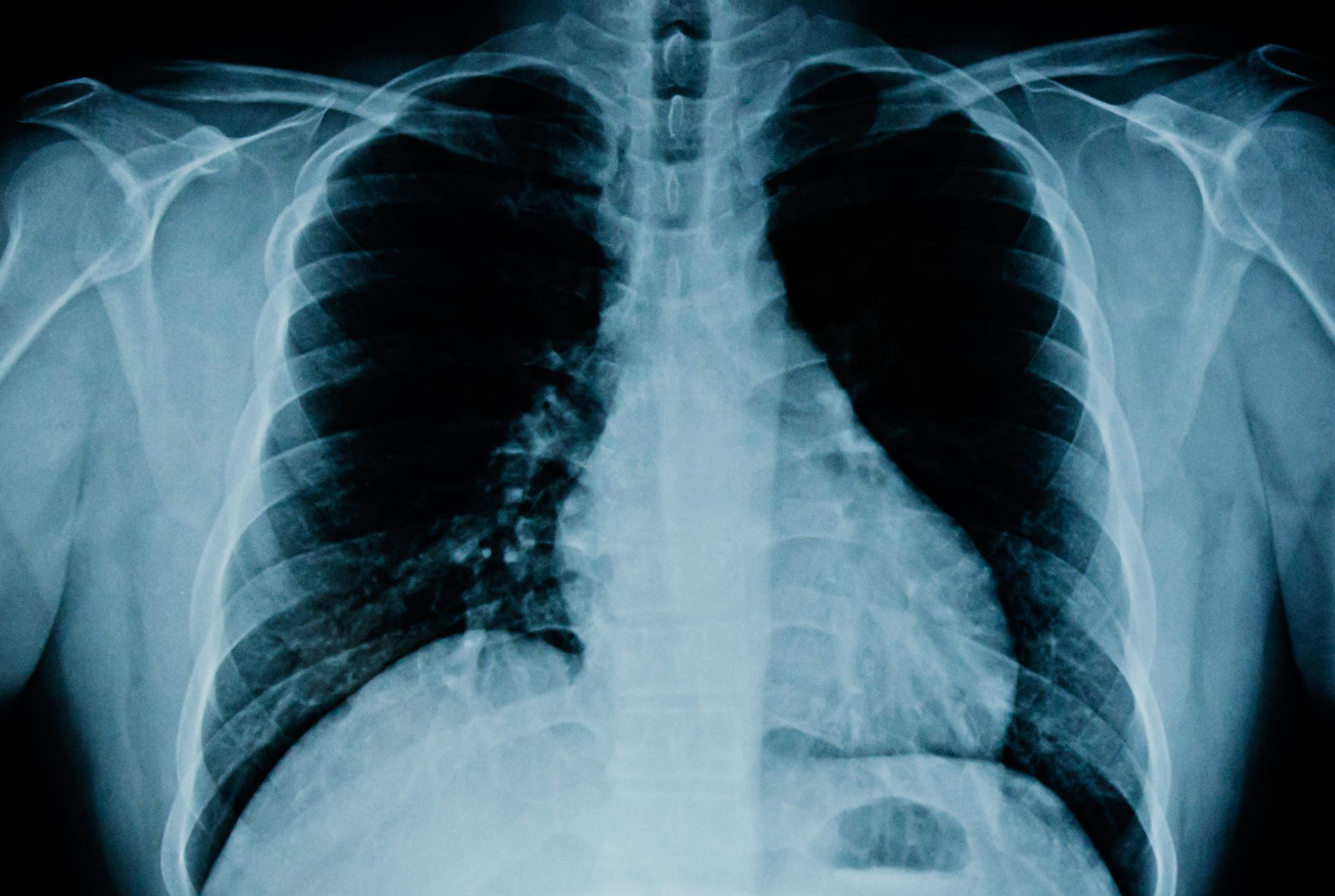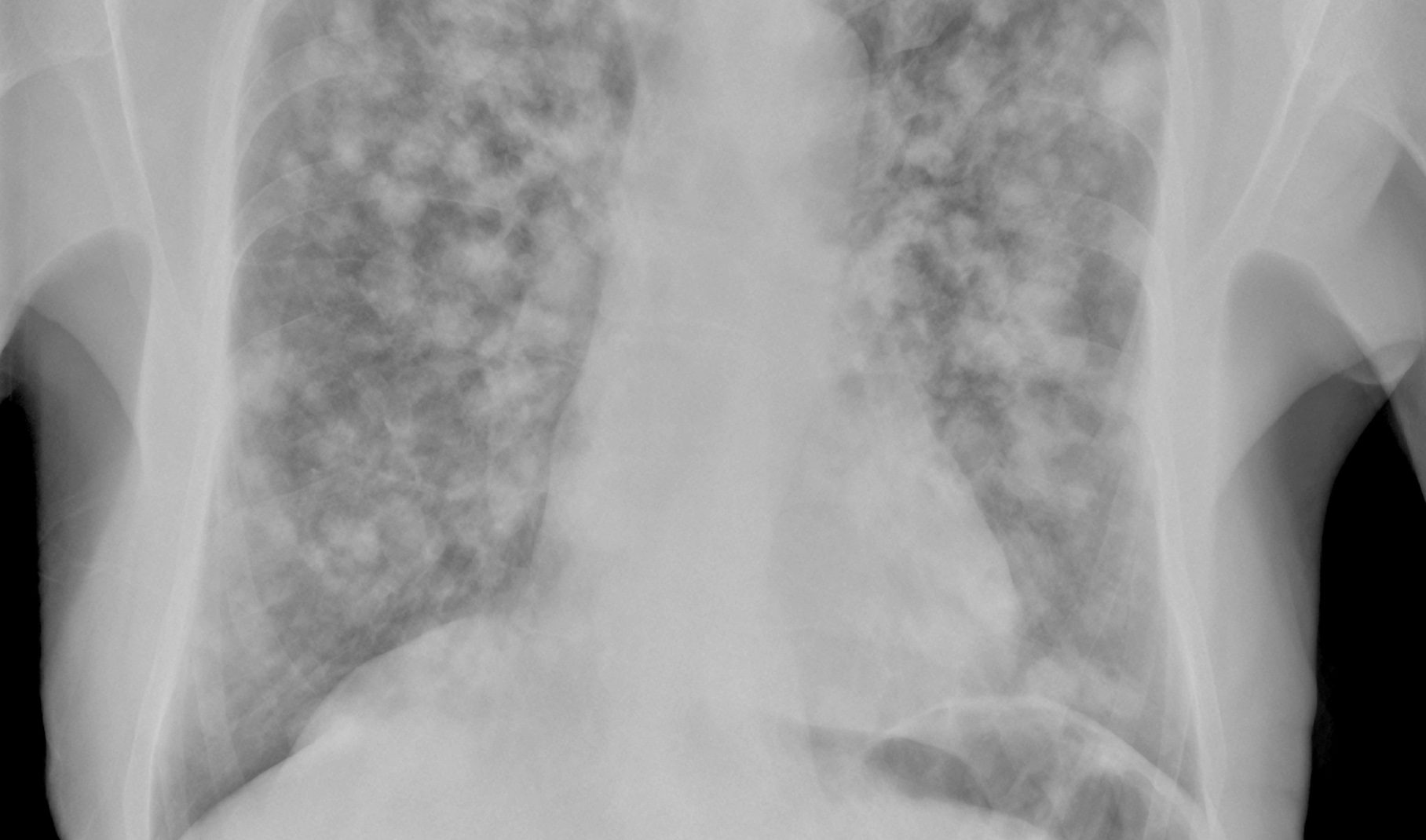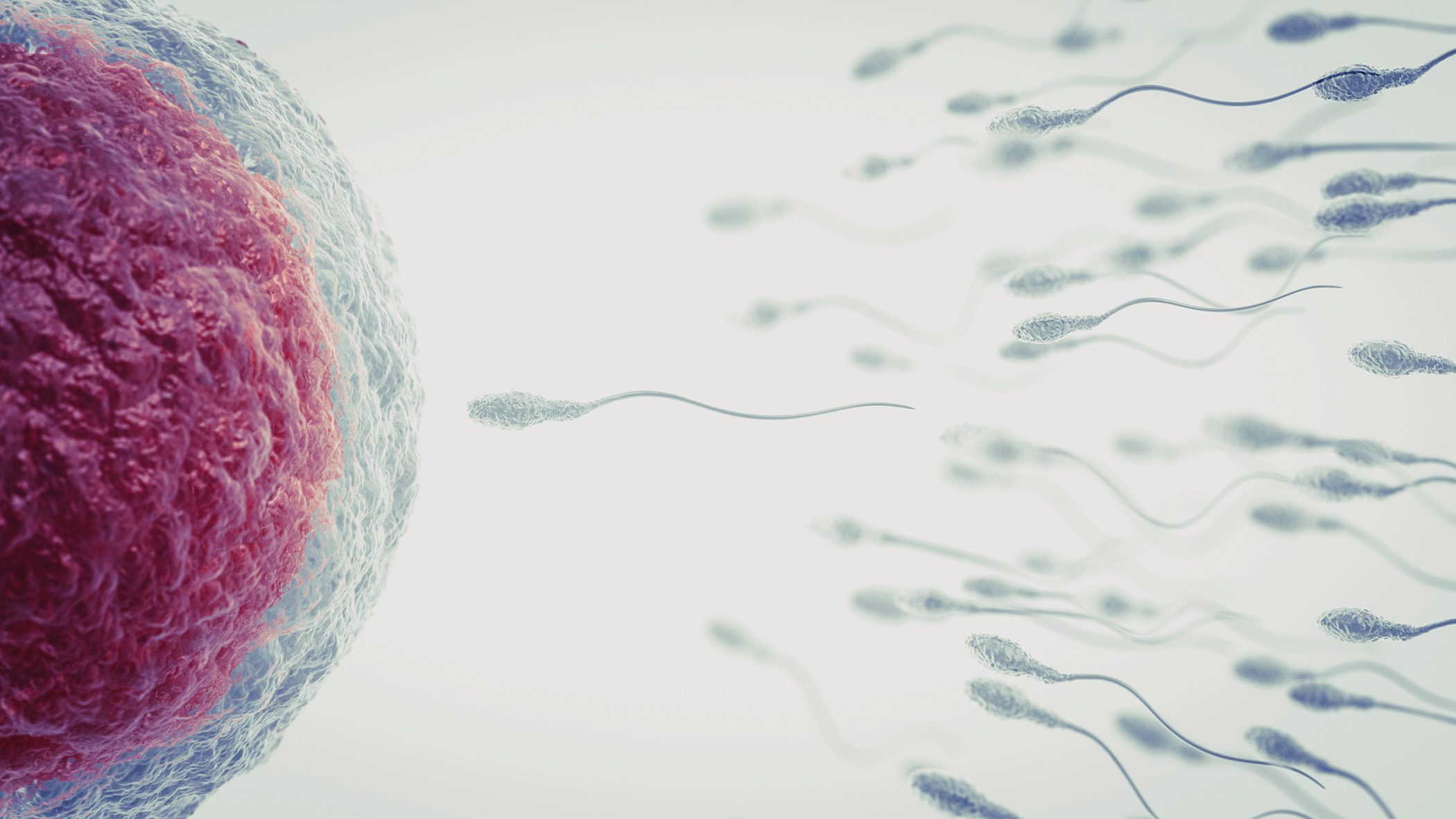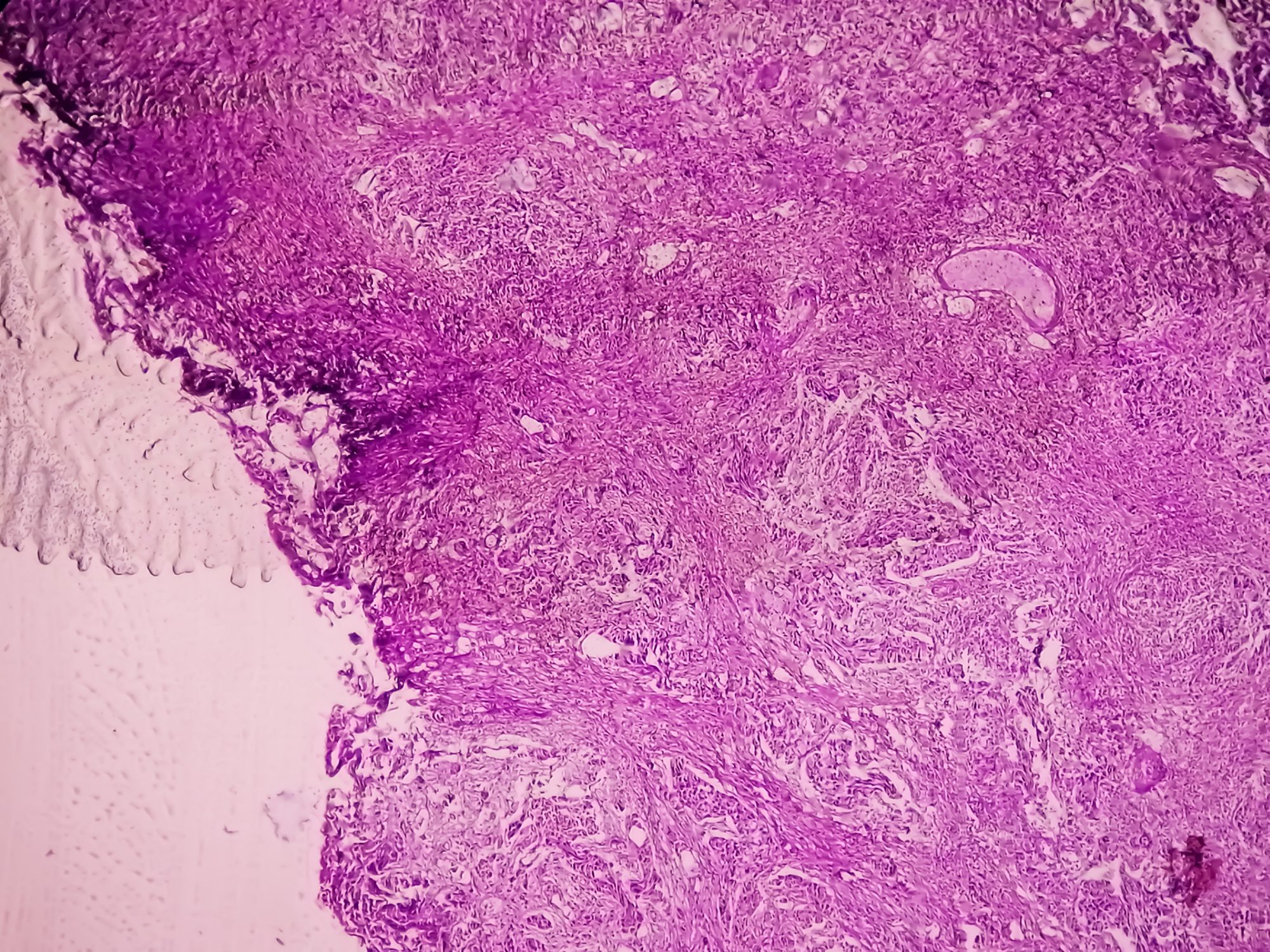Foot sprain or OSG distortion is the most common injury in medicine as well as in sports medicine. Perhaps for this very reason, it is not always taken seriously enough, whether by the patient or sometimes by the physician. With an estimated incidence of one ankle injury per day per 10’000 inhabitants, only in the small country of Switzerland does the figure of approximately 780 cases per day (285’000 cases per year) come up. With such a frequency, one would naively think that this injury, which can occur in all activities and not only in sports, no longer holds any secrets for doctors and that its treatment is a mere routine matter. However, this is not the case and this supposedly trivial injury causes real difficulties time and again.
The patient usually brings the diagnosis to the office, but it is not always easy to obtain accurate medical history information. The energy involved in the game can be roughly evaluated, the intensity of the immediate pain is usually spontaneously stated by the patient, if he has heard unusual sounds, it is usually necessary to ask. However, there is not always a linear relationship between these various essential elements; even accidents with seemingly little energy in play can result in serious injury. The question of immediate measures is important, but mostly rather disappointing: The application of the PECH rule – although propagated in all colors and forms – seems to have been received by the general population only to a very limited extent.
X-rays are taken too often
Great importance is attached to the examination, especially in connection with one of the problems that will be discussed in more detail here: X-rays. In 2017, we are actually still seeing the same thing: patients who have sprained their ankle often visit the emergency departments of a nearby hospital – and they are almost systematically given ap/lateral X-rays, sometimes before any further examination. Afterwards, they come to our practice for follow-up treatment. Depending on the authors, this search for fractures – which is all that X-rays can be about – finds at most 15% of such damage. In our experience, however, the numbers are below 5%, and various studies with larger collectives find even lower numbers. It would therefore be appropriate to look for methods that could reduce this costly yet not entirely benign diagnostic measure (irradiation).
In 1992, the so-called Ottawa Rules came into being. These state that radiographs are only useful if there is a clear pressure dolence 6 cm in the posterior region of the lateral malleolus or on the base of the metatarsal vein or medially on the naviculare and 6 cm is present in the posterior region of the medial malleolus and if the patient is unable to bear weight on the injured foot immediately after the accident and at the site of the initial examination. This Ottawa rule to exclude fractures without X-ray has been validated in some meta-analyses and is considered highly reliable [1]. It is applicable for patients between 15 and 65 years of age. Apparently, however, this older publication is little followed, which is actually a pity when the price of the examinations is taken into consideration: X-ray of the ankle ap/lateral costs about CHF 100. If we again take into account the 780 cases per day, this results in a daily sum of CHF 78,000, which still amounts to CHF 28,470,000 per year. And there is talk of saving!
Clinical examination
But back to the all-important clinical examination. It is done first in the standing position with observation of the shape of the joint (swelling) and the way the patient stands on the joint. Then you move on to the ability to walk. Further examinations take place while the patient is lying down. The joint is carefully moved passively, then actively. At this stage, it is quite easy to check the integrity of the peroneal tendon guidance (lateral, posterior to the lateral malleolus, with dorsal extension and eversion). Even though peroneal tendon dislocations represent a small percentage of OSG injuries (less than 1%), it is important-because relatively easy-not to miss this pathology. Palpation of the bony structures (as mentioned above), laterally but also medially, is very important. It provides a simple way to exclude fractures.
Assessment of the stability of the joint by special grips with testing of supination and talus advance (compared to the healthy side) is the next step – however, the reliability of the clinical assessment about the extent of a ligament injury is rather low. Note here the psychological effect on the patient of announcing cracks that may not be there. MRI examinations that could more satisfactorily show such damage to the capsule-ligament apparatus are not worth mentioning at this early stage.
Finally, a syndesmosis injury should be clinically sought. There are two tests for this: one is the so-called external rotation test, in which the patient sits at the edge of the examination table with the knee bent 90°; the examiner fixes the lower leg with one hand, grasps the foot with the other hand and exercises an external rotation in the ankle joint. Pain is suspicious for a syndesmosis lesion. The other test, which is not more complicated, is the squeeze test, in which the examiner uses both hands to squeeze the tibia and fibula from proximal to distal with the patient in a similar position to the previous test. A positive test is the presence of pain in the ventral OSG area. Especially the external rotation test has a quite good specificity. After all, this form of ankle injury occurs in 1-10% of cases – depending on the author. Such a careful examination takes six to seven minutes with a little practice.
Therapy is conservative
With exceptions-such as the rare fractures, the even rarer peroneal tendon dislocation, and the high-grade syndesmosis injuries-the treatment of ankle sprains is almost always conservative. However, under no circumstances is this to be equated with improvised or unstructured or even banal. For a good 20 years, the so-called functional treatment has led to success. Conceptually, it is based on knowledge of the main healing phases (I inflammatory phase, II proliferative phase, III remodulatory phase) and on the use of orthoses – not to be confused with ankle supports – and physiotherapy.
As with all treatments, so-called pain management is important, and the immediate use of NSAIDs (including inhibitors of the physiologic inflammatory phase) must be critically considered. As is so often the case, reliefs on sticks and ice applications are efficient, low side-effect, and cheap pain-relieving alternatives.
The orthosis is used to prevent supination of the hindfoot as well as talus advancement. It thus enables the injured capsule-ligament structures to heal. The key is the wearing discipline and duration: day and night at the beginning, regardless of pain, and during three to six weeks, depending on the clinical course.
Physiotherapy also plays an essential role, which can be used from the beginning of treatment. From rather passive at the beginning (decongestion, analgesic) it becomes more and more active with a reprogramming of proprioception. Very advantageous is a contact between doctor and physiotherapist. Great attention must be paid to regaining good proprioceptive control of the joint, which takes time and discipline, usually more than nine sessions.
Aftercare
It is also important to provide close-meshed care, at least at the beginning, during which the patient must be made aware again and again that the healing period may take weeks or even months. Failure to take this into account is probably a valid explanation for the high recurrence rates of up to 70% new bone injuries in the three years after the first one. If the injured ankle still hurts after three to four months, the time has come for a re-evaluation of the situation. Usually, other pathology is then present, such as an osteochondral lesion of the talus, a missed syndesmosis injury, peroneal tendon pathology, or instability of the OSG, possibly also of the USG, either due to ligamentous damage or insufficient musculo-proprioceptive rehabilitation.
Equal care required
From my own experience over many years, the approach described above has convincingly prevailed from diagnosis to treatment. Thus, ankle distortion must be approached with exactly the same care as all other health disorders.
Literature:
- Bachmann LM, et al: Accuracy of Ottawa ankle rules to exclude fractures of the ankle and mid-foot: systematic review. BMJ 2003 Feb 22; 326(7386): 417.
HAUSARZT PRAXIS 2017; 12(4): 5-6











